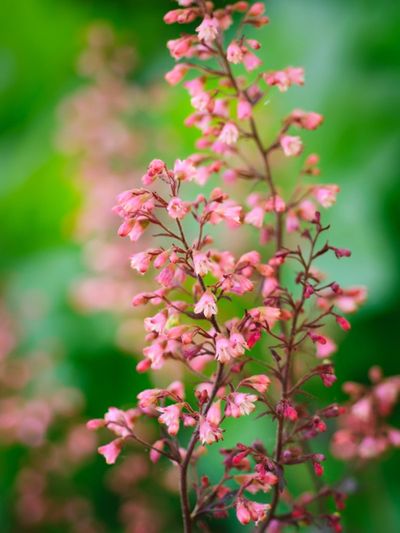Red Yucca Information: Hummingbird Yucca Plants
Red yucca is native to southwestern Texas and adjoining areas of Mexico where it grows primarily on rocky slopes, prairies, and in mesquite groves. Hummingbird yucca plants are tough, tolerating cold winters as far north as USDA plant hardiness zone 5. Red yucca is also called hummingbird yucca plants since hummers love the nectar-rich, tube shaped blooms. Red yucca can also be known as red flowered false yucca, yellow yucca, or coral yucca.
Planting a Red Yucca: Tips on Red Yucca Care
Locate these yucca plants in full sunlight. The plant thrives in nearly any well-drained soil, but sandy soil is ideal. Red yucca can be grown in large containers filled with a well-drained potting media such as regular potting soil mixed with sand or perlite. Be sure the pot has at least one good drainage hole. Allow at least two feet (60 cm.) on each side of the plant and two to three feet (60-90 cm.) away from sidewalks or driveways. Young plants may be small, but they will spread relatively quickly. Water regularly for the first year but not to the point of sogginess. Thereafter, water occasionally especially during periods of hot, dry weather but be careful not to overwater. Red yucca plants in containers need water more frequently. Don’t cut the flower stalks after blooming, as they will produce fruit. Additionally, the seeds provide winter sustenance for songbirds that visit your garden. The stalks can be removed in spring. You can also remove older leaves which will eventually die down and turn brown. Hummingbird yucca plants require very little fertilizer, but you can feed them lightly before new growth appears in spring. Use a good-quality, general-purpose fertilizer. Red yucca plants will eventually develop “pups,” or offsets that grow to the side of the plant. If you want to propagate more plants for your own garden or for sharing, just dig up the offsets and replant them. You can also divide established clumps.
